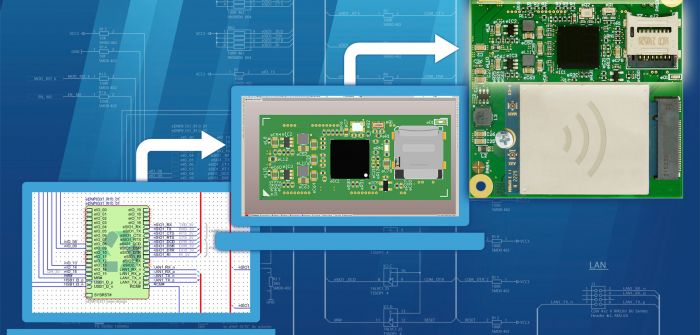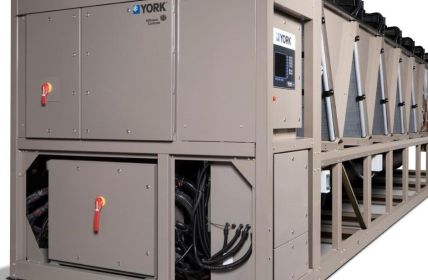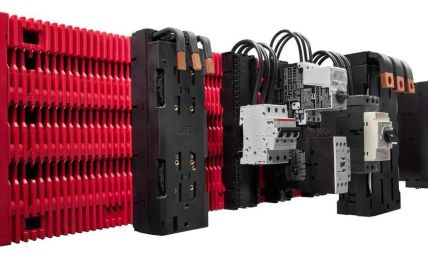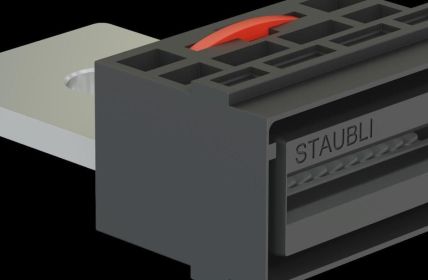With an open-source embedded hardware concept, SSV complements the functions of the open-source software. This enables the user to have complete control over the parts lists of the hardware components as well as all software modules used.
Embedded systems solutions: Open source software dominates operating systems, while proprietary chips dominate the market
When designing embedded systems solutions, developers are increasingly turning to open source operating systems such as Linux and Zephyr. These operating systems have established themselves as mainstream options and offer identical user licences. In contrast, the market for hardware continues to be dominated by legally protected intellectual property for semiconductor chips and embedded computing modules.
The state of the semiconductor market can be explained by high investments in know-how building, development tools and manufacturing costs, while the embedded module supply chain is different. In this supply chain, usually only a few microchips are placed on a small PCB according to the specifications of a microcontroller application note. The development is done using the same methods and CAD tools as for the module user’s electronic assembly, and the manufacturing process and machinery are also usually identical.
Computer-on-Modules (CoM), Embedded System Modules (ESM) or System-on-Modules (SoM) offered by external partners create a multitude of dependencies for the user. During the supply chain crisis of the past few years, some of these dependencies became particularly noticeable.
To deal with such challenges, SSV now provides CAD data sources for different SoM circuits and PCBs as part of the “Deeply Embedded System” product concept. These sources include a customised software stack with Debian Linux and firmware functions that can be integrated into custom electronic assemblies.
This solution gives the user control over the complete bill of materials, both in terms of the active and passive hardware components as well as the software components (SBoM, Software Bill of Materials). This enables him to react independently to necessary changes during the entire product life cycle. For example, it can take circuit-related measures when EMC problems arise, replace a microcontroller that is difficult to obtain or carry out software updates.
With the eDNP/8331, a ready-to-use virtual alternative to the System-on-Module is now available, which was developed by SSV. The focus is on the area of IoT connectivity and IoT security. The system provides comprehensive hardware and firmware support for wireless wide area network connections via cellular, including NB-IoT, LTE-M and LTE-A. It also enables connections to IoT satellites in Low Earth Orbit (LEO).
To improve cyber security, there is the option of an additional service: a threat analysis in accordance with IEC 62443-4-1. This analysis aims to model potential threats to the interfaces of a user circuit and to develop suitable protective measures.
Importance and potential of open source hardware in the eDNP/8331
The open source hardware component of the eDNP/8331, shown on the cover image, has been implemented as an Altium snippet. This CAD module is available as both a schematic and PCB dataset for the widely used development environment “Altium Designer”.
The circuit designer can integrate the data at component level into his PCB design. A bootable image is available for the flash memory of the final assembly, which contains the U-Boot boot loader, Debian Linux and other firmware components. This image can be supplemented with further components to optimise the individual application.














